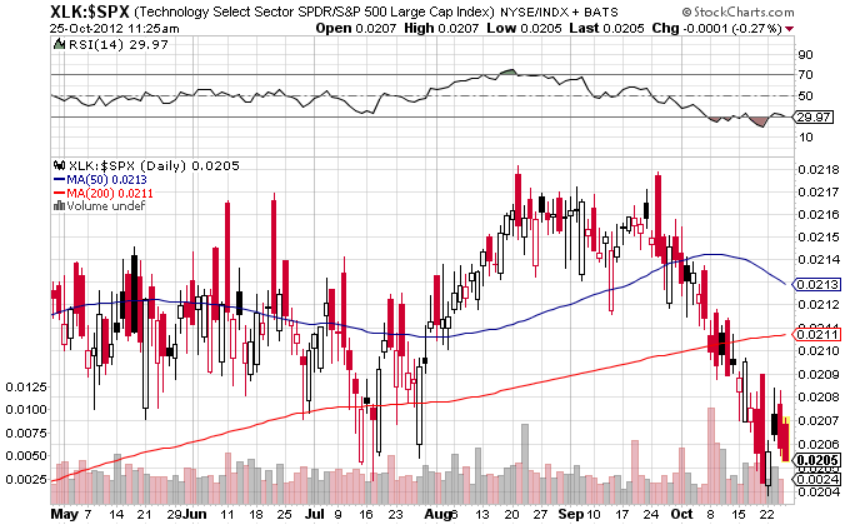April is an intense time for my family, but probably not for the reasons you’d expect. It has nothing to do with tax season or with planning for the second quarter. No, our intensity centers around Peruvian paso horses.
You see, April is the month of Peru’s annual Concurso Nacional, and my father in law, Lucho Vasquez, is a competitive breeder. In any given year, he is a strong contender for top ranch. I won’t be able to attend the contest this year; duty calls back in Dallas. But it has been a pleasure watching Lucho and his team get their horses ready.
Peruvian horse breeding has undergone a transformation since the days of Lucho’s father, Anibal Vasquez Montoya, a legendary breeder who absolutely dominated the competition in the 1970s. In Anibal’s day, breeding was a sleepy good ol’ boys’ club in which a breeder might ride his mare to a fellow breeder’s ranch to be studded.
Today, a mare is as likely to be studded via in vitro fertilization in a lab or to have her foal carried by a surrogate mother. And whereas in Anibal’s day a breeder could only breed a prize mare one foal at a time, through egg harvesting today they can breed her as aggressively as a prize stallion. As new money has flowed into breeding, technology has followed close behind.
I bring up Peruvian horses today because I see the transformation in breeding in recent years as part of much larger global macro trends: globalization and the rise of the global nouveau riche.
An inflow of new money from foreign ranchers and from Peruvians who have done well in the country’s recent boom has caused prices for this “luxury good” to rise. Ranchers from around the Spanish-speaking world have gravitated to Peruvian horses, both out of an appreciation for the breed and as a social networking opportunity. And interestingly, while the breed’s international footprint has never been wider, its popularity in the United States has waned. As in many areas of the global economy, the center of gravity is moving towards well-to-do emerging market consumers and away from American and European markets.
How can we profit from these trends? Buying a Peruvian horse ranch as a pure investment would be a monumentally bad idea for most investors. The start-up costs are immense, and it involves a level of hands-on attention that most investors have no interest in committing. True afición takes a lifetime to develop, and for most breeders the operation is a hobby that costs significant sums of money rather than generating it.
But the same forces that have contributed to the breed’s popularity—globalization and the rise of the global nouveau riche—are very investable.
One way to play this theme is through the luxury goods sector. Luxury goods are more of a direct play on Chinese and East Asian high-end consumption rather than Latin American, though the global emerging market story is the same.
Two luxury-themed stocks that have my attention at the moment are auction house Sotheby’s (NYSE:BID) and Swiss watchmaker Swatch Group (Switzerland: UHR, Pinksheets: SWGAY).
Swatch is what I like to call a “mass market luxury” play in that most of its products are affordable to upper-middle class consumers, rather than exclusively to the wealthy. Its most popular luxury brand is Omega (endorsed by James Bond actor Daniel Craig), and most Omega watches retail for well under $10,000. But aside from marketing of fine watches, Omega is also Switzerland’s workshop. It supplies the “guts” of about 90% of watches made in Switzerland, according to company filings.
Sotheby’s clientele is far more exclusive, as the bidders at its auctions tend to be high-net-worth individuals and their representatives. In recent years, the Hong Kong auction has grown to meet or even exceed the New York and London auctions in importance and prestige.
As China’s wealthiest consumers have become such a critical part of Sotheby’s business, an investment in the company is essentially a bet on China. So if China were to have a significant hard landing, I would expect Sotheby’s to take a hit.
But if you believe, as I do, that any potential day or reckoning is at least a few years away, then both Sotheby’s and Swatch are excellent ways to play the continued boom led by the rise of the new global elite.
The investments discussed are held in client accounts as of March 31, 2013. These investments may or may not be currently held in client accounts. The reader should not assume that any investments identified were or will be profitable or that any investment recommendations or investment decisions we make in the future will be profitable.





